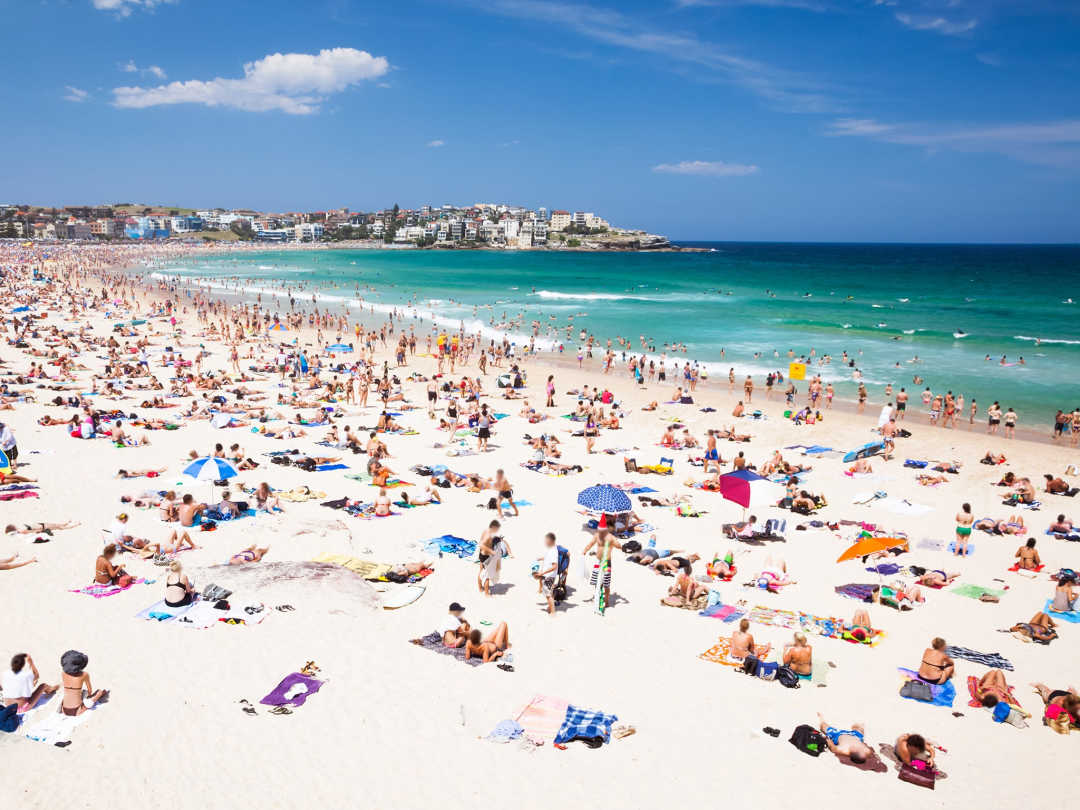
If you’re on holidays near the beach, there’s no shortage of things to do, and therefore you’ll likely spend quite a lot of time there! You may want to try surfing, test a jetski, do a spot of sailing, or simply lie in the sun with refreshing dips in the water in between.
However, before you hit the beach it’s a good idea to be aware of the basic safety protocols. It’s surprisingly easy to forget them when relaxation-mode is ON. Keep reading for a few important tips and pointers to make your next trip to the shore a safe one.
#1 – Choose the Right Beach
In general, the safest beaches are those with surf lifesavers. It’s their job to monitor the beach and the water and help people in trouble. They will come to your aid if you get into difficulty in the water, and they put out red and yellow flags, indicating what part of the beach it’s safest to swim (between the flags).
You may think this precaution is unnecessary, especially if you’re a strong swimmer. But, the sea can be surprisingly powerful when you least expect it.
According to the Surf Lifesaving Australia (SLSA) National Coastal Safety Report there were 136 coastal drownings in 2020, and 90% of these were male. That’s not the only risk the sea presents but it should be enough to remind you that a surf beach with surf lifesavers is much safer.
Once you appreciate the job that the surf lifesavers do it’s a good idea to help out Surf Life Saving Australia in whatever way you can.
#2 – Understand Rip Currents
Rip currents are particularly dangerous as they can often go undetected. A rip is when there is a current of water rushing away from the shore and out to sea. If you get caught in it you will not unlikely to be able to swim back to shore – the currents can be too powerful and many people get exhausted trying to battle them.
Instead, you need to swim parallel to the beach as this will allow you to exit the side of the current without fighting it. You’ll then be able to attract the help you need.
#3 – Use Sunscreen
Many people still avoid using sunscreen or they put it on once first thing in the morning. The fact is that sunscreen is essential to protect you from sun damage. But, you need to reapply it regularly to get the most effective protection. There are plenty of next-gen sunscreens available which give you all the protection you need without a sticky feeling or breakouts.
#4 – Look Out For Each Other
The surf lifesavers on the beach are excellent but even they cannot spot everything as quickly as they would like. The safest option is to visit the beach with someone else – especially if you plan to get into the water. If there are two or more of you then you can keep an eye on each other, helping everyone to enjoy their day safely.
#5 – Sharks & Other Sea Creatures
It’s estimated that less than 1.8 people are attacked each year by sharks. However, one in six Australians have been stung by a marine stinger, specifically different types of jellyfish – although most of these were by bluebottles. This leads to an impressive average of 40,128 stings being treated by surf lifesavers every year.
Again, to make sure you get the help you need quickly, it’s recommended to visit beaches with approved surf lifesavers. It’s also nice to know that a prediction tool is being developed to help create awareness of beach and sea hazards in real time. This is likely to make a big difference to beachgoers and lifesaving services in the future.

No Comments